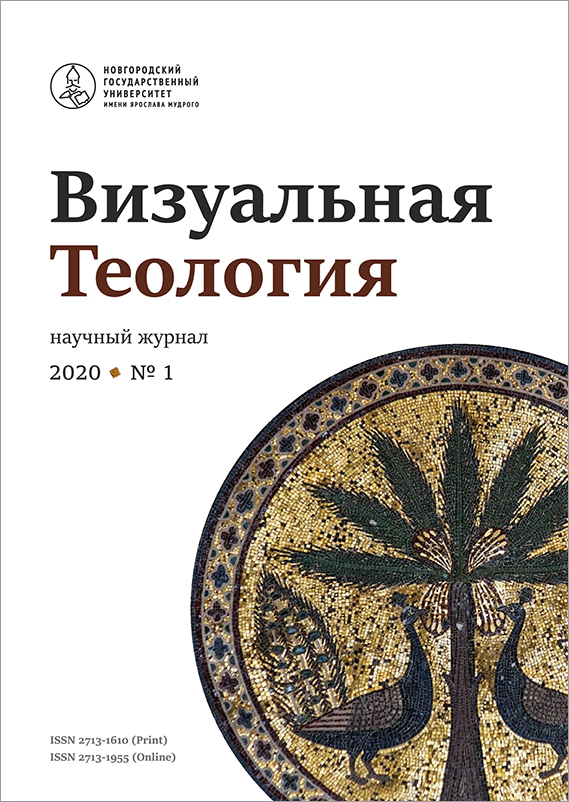Poetic Text and Its Iconographic Interpretation: The Akathistos Hymn in the Russian and Cretan Religious Art
Аннотация
This paper focuses on topics relevant to the visual interpretation of poetic verbal texts in their source culture as well as the target culture for which they were translated. The research was realized on fresco and icon cycles that illustrate the poetic text of the Akathistos Hymn. The Greek original text of the hymn is examined in contrast to its Slavonic translation through a parallel comparative analysis of their iconographic interpretations in Russian and Cretan religious art. Seeing as they have never been comparatively studied before, this analysis provides fertile ground for interesting discoveries and research. The Cretan tradition is studied through two complete Akathistos fresco cycles (from the church in the village of Roustica and the cathedral of Valsamonero Monastery), four incomplete Akathistos fresco cycles from the 14th – early 15th century, and the margin scenes on the icon of Panagia Galactotrofousa (1748) by G. Kastrofilakas. The Russian tradition is studied through a fresco cycle from the Ferapontov monastery (approx. 1500) by Dionisius, and the margin scenes on six Russian icons representing different iconographic schools of the 16th – early 17th century. The differences between these two iconographic traditions in regard to the text’s interpretation are divided into two categories: a) those related to the differences between the original text and its Slavonic translation; and b) those related to the different connotations of the original text and its Slavonic translation in the source and target cultures. Typical examples of both categories are presented. As far as the first category is concerned, we discuss whether the variations of the cycle structure in the Russian tradition were caused by the absence of the alphabet acrostic in the Slavonic translation. The second category is studied both through examples of different fragments of the same poetic text illustrated by painters and through different symbolic verbal image interpretations by means of visual art in both traditions. The results of the comparative analysis demonstrate that Cretan painters were more creative in the visual interpretation of the poetic text’s symbolic background due to the fact that they interpreted the original text of the hymn in the context of the culture in which it was created. This provides numerous verbal and non-verbal connotations for each verbal sign of the text. On the other hand, the Russian iconographic tradition did not have this direct contact with the text due to the translation process it had gone through, as well as due to the semiotic gap between the source and the target culture. This is why it failed to display an equally as large number of symbolic interpretations. However, it did discover and emphasize other messages and connotations of the same poetic text which became more important in the context of that other culture. Therefore, the comparative study of religious art traditions helps us understand the various ways a single text that has close ties to the semiotic features of different cultures can be perceived and interpreted in said cultures.


